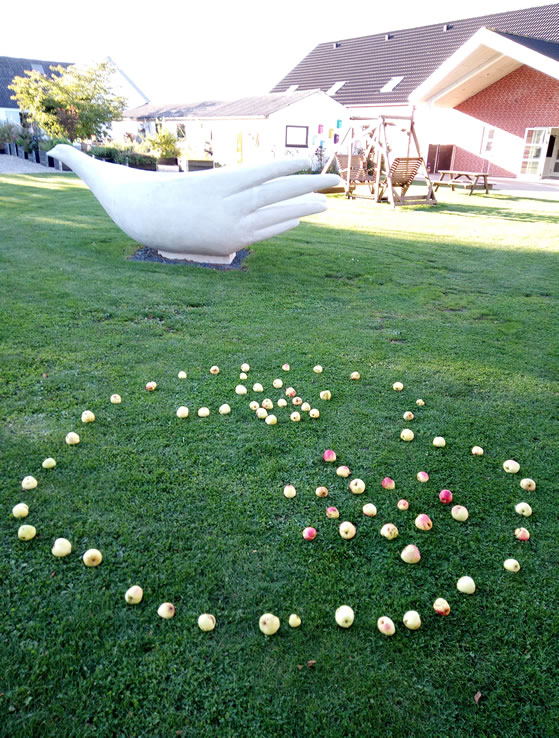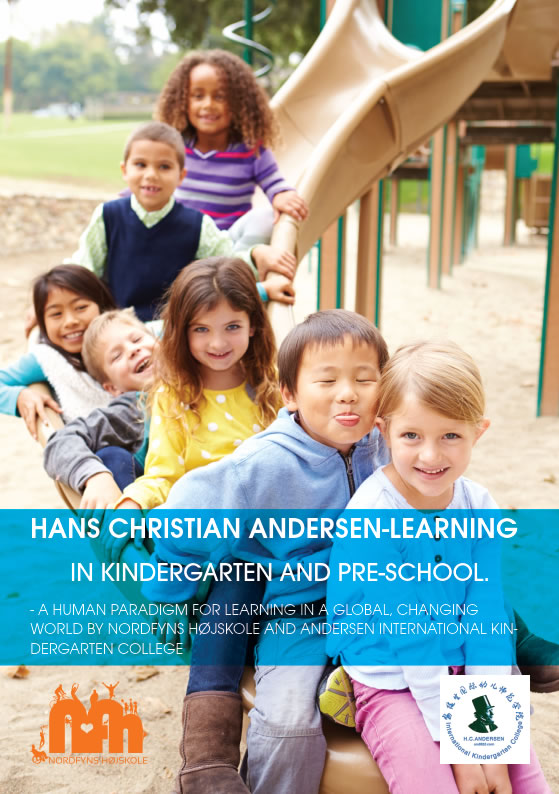
What is the essence of Hans Christian Andersen?
Today, when the Chinese people, no matter whether old or young, meet with Danes in China, they will naturally speak with one voice: ”I know Denmark because I have heard about the world famous writer Hans Christian Andersen and I have read his stirring tales.” Chinese people have read Hans Christian’s tales since the first book of H. C. Andersen’s tales was translated into Chinese by Chen Jialin and Chen Jiadeng and published in Shanghai in 1918.
Why do hundreds of millions of Chinese get inspired by H. C. Andersen? Why have his literary works won universal praise in China? As one Chinese professor noted: ”H. C. Andersen showed sympathy for the people who encountered misfortunes and enriched the people’s imagination.”
H C Andersen’s tales have influenced Chinese literature and mind set in many ways:
1.To expose the evils in society and to sympathize with the lower social strata
2.To sing the praises of the true, the good, and the beautiful, to castigate the false, the ugly and the evil
3.H. C. Andersen was the first to explore themes and material from the social reality and let the tales take roots in the soil of people’s life.
4.He portrayed the fairy tale figures with their own characteristics and features
5.He combined the poetic conception with poetic language. True feeling and rich imagination are the soul of a poem. H. C. Andersen’s tales have both characteris?tics at the same time, and H. C. Andersen was a good poet.
6.Combination of humor, artistic exaggeration, and satire: H. C. Andersen had a special command of humor, exaggeration and satire.
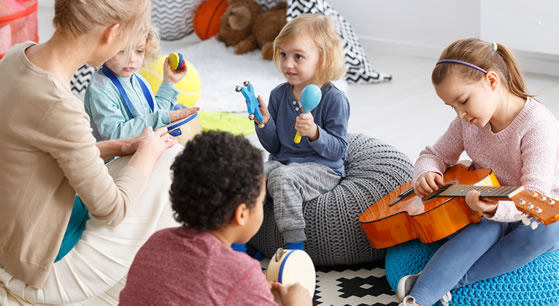
The magic and learning value of Andersen:
. Things are described lively with human attribute so that vitality is given
. Physical attributes are determining social-psychological characters
. The story is told from the perspective of the things - meeting human beings. In this way relations and meeting the unknown is in focus.
. Imagination and creating is central to many fairy tales and in this way creativity and innovative mind is essential.
. The story is taking place in the usual and every day environment of the things
. In the world of things we find the same social differences between high and low ranking, poor and rich, fine and simple as we find in the human world
. The human beings are seen in a spiritual universe - something bigger than them?selves.
. The thing being the main character meets things which you normally find in as?sociation the this thing, or the thing starts a tour and meet others in other environ?ments
. The drama and excitement in the story is often related to big questions of life
. The less important the thing is the more important it feels itself or a less important thing is involved in a big emotional drama, the effect will often be comic, parody of irony
. The unique self-depending person who trust himself and do what his hearts tells him is a rolemodel in many of the fairy tales
. It often ends with a certain moral and learning recommendation
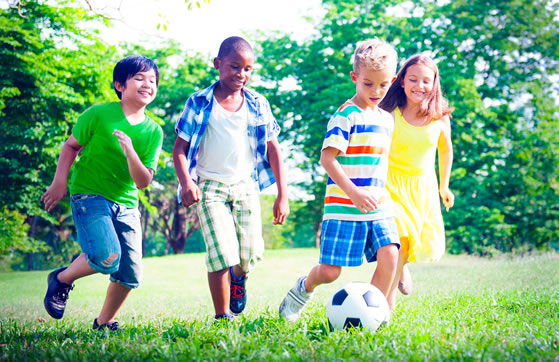
In Hans Christian Andersen’s fairy tales there is a huge input to a more general pedagogical theory and didactic practice based on these key-words:
. The good story and story-telling
. Creativity, wondering and curiosity
. The childish and unspoiled mind based on wondering and questioning - the value of childhood and being a child
. The child seen in a holistic framework with emotions, social and cognitive compe?tences
. Playing and learning as mutual means and goal
. Dramatizing, costumes and scenography, imagination and role-playing
. Aesthetical learning processes with open senses where playing and nature com?petences are involved.
. Language learning concepts as basic for reading and writing
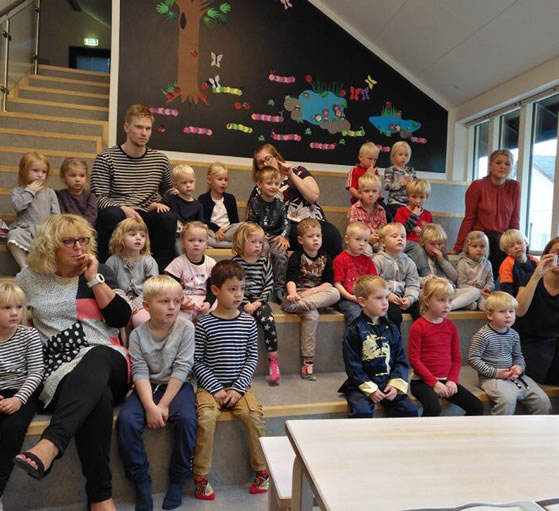
Learning for the future: Personal development, social and emo?tional learning as seen from modern management.
(The heroes of the future are created today, Sune Loshe, Clockwise 2016)
“Heroes of the future” - these goals for child learning for the future is stated by a Dane called Sune Loshe:
1.Identity is more important than functioning - moral education and training is more important than intellectual education. Tools for bringing up of children based on values.
2.Direct communication: Children must feel what they really mean and communi?cate it in a respectful way. Then fewer conflicts and misunderstandings there will be
3.Responsibility for the community: Children must learn to go first as well as open the door for others - then they are creating a good community with space for innovation and development
4.Positive look at life: Attitudes are either formulated in a positive or negative way. Children are taught a positive attitude crating enthusiasm which can make ener?gy at themselves and others
5.Positive attitude towards change: Children are taking responsibility for their own development, being flexible and open for new solutions - being prepared for life long learning
6.Good manners: A good understanding of the specific situation and a good and solid understanding of the right way to behave in certain situations make children more sympathetic and they can easier adapt to different contexts
7.Satisfaction: Children must learn to be satisfied in the present, thus they will gain more surplus energy and give more to the community than they take form it.
8.Active listening: The precondition for being heart is that children can listen. In this way children must be learnt to be silent, show authentic interest and understand what other people are saying in between the lines.
9.Mutual influence: Children must be taught in their minds to move to the side of the other to be better to make influence and move others
10.The power to act: Children must be learned to take initiative and see opportunities so that they will be good at executing when they get chal?lenges to solve problems
11.Leadership: Modern leadership comes both from the leader and from the person being lead. In this way children must learn good leadership skills for life.
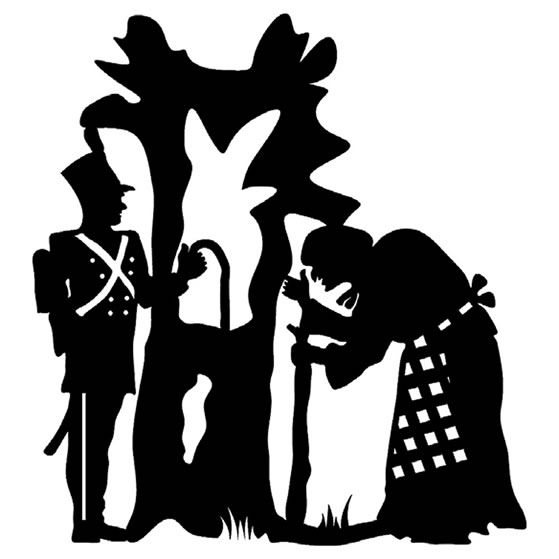
Scientific research on Hans Christian Andersen approach to pre-school learning.
The childish and exploring attitude of life in the fairy tales of Andersen see the whole child with natural born curiosity, desire to play and a creative mind.
In Denmark and many other countries we have known this for many years, but how does this learning practice relate to scientific based learning in kindergarten? Does the Andersen-approach survive a scientific research?
In the following pages we will present some of the international findings on good learning practice in kindergartens or pre-schools. This is based on professor Dion Som?mer, Aarhus University, who has investigated more than 400 international studies ( Dion Sommer Development Science, Samfunds-litteratur, 2017
What is learning?
Learning is not a short term here and now activity, to be called real sustainable learning it must remain through life as a reservoir of experiences, understandings and cognition.So learning in a kindergarten here and now has a future dimension be?cause it is forming the personality of the child. Therefore learning must be long-term durable. It must also be meaningful and functional, so important is how you learn and what you learn. So the type of pedagogics and the way you look at learning become important.
What and how to learn for the future?
The essential question is:
Which type of learning pedagogics is useful for the child when it later will go to school, in further education and in life?
There are two different approaches to learning in the global competing world of today:
The tendency in a global world with more competition has been a growing focus on pre-school learning. A shift has happened towards the cognitive child and a more cognitive oriented pedagogics. This has meant that the main purpose of pedagogics is to stimulate thinking and intelligence. The emotional and social sides of the child is only interesting if it disturbs education by lack of self-reg?ulation and unrest in the room for learning. Playing does not play any role and is waste of time and learning and playing in this paradigm becomes contradictions. Partly it is a result of the test-culture meaning that, what can be tested and measured is important and the effect of playing is not easy to operationalize and measure. Early learning of academic skills is based on behaviorism and essentialism:
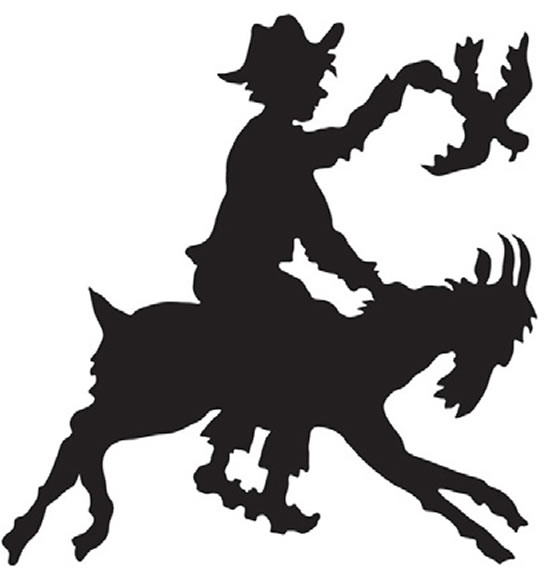
Key-words of academics and instruction pedagogics
. Fundamental knowledge - there is some core knowledge and skills that small children must learn. The most important areas are mathematics, language con?cept learning and early experience with writing. The overall idea is a learning plan describing these goals.
. Playing is a contradiction to learning and waste of time without any importance for a long term sustainable learning.
. Instruction pedagogics - structures and planned pedagogics is the ideal meth?od . The kindergarten teacher is the leader who takes responsibility for the learn?ing of the child about basic facts - what is worth knowing - and what is wrong and right. It is about facts preparing the child for further academics success.
. Learning principles are independent from age:There is no definite ages for learn?ing things, but it is important to start with basics.
“The whole child paradigm” is a contradiction to academics which only focus on cognition. In learning the kindergarten teacher is including personal development of character and pedagogics towards the whole personality and dynamic relations between emotional life, socializing and cognition.
Key-words of playing and holistic pedagogics:
. Small children are spontaneous curious, active learning and seeking a meaning in life
. Small children primarily learn through own exploring and investigations together with others
. Play is a fundamental way of learning for children. It includes both free playing and guided playing where the kindergarten teacher is participating or setting up the playing activity.
. Perspective is on the child and the child is the center - the starting point of the pedagogics is how the child experiences the world
. Predetermined structured and instruction pedagogics destroy the long term ef?fects of children because they learn qualitatively differently compared to school children
. Relation between adult and child - moderate adult guiding and participation having the child in focus in contrary to an adult who is not in?volved.
So the “whole child concept” is learning by playing.
There is a difference between free and guided play?ing:
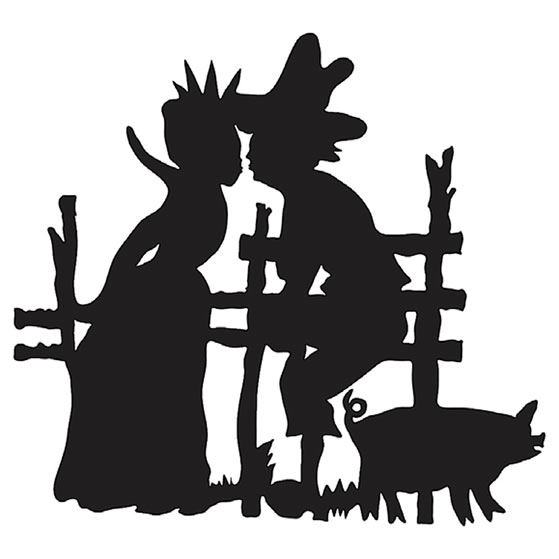
Free playing is based on desire, voluntarily, spontaneous, flexible, engaged and self-organized without any goal or intension.
Guided playing: The adult is setting up the scene for playing and enrich the playing environment with toys and others things to initiate playing, playing together with the children and encouraging them - asking open questions - and reluctant with giving facts and support the experiences of the child. The important difference between academic and guided pedagogics is the adult is involved. In guided playing the starting point is the free playing of the child-activity and perspective.
Early start - later gain - or early start later loss?
Children in pre school age must be prepared for learning mathematics, physics, read?ing, writing etc. But what type of pedagogics and learning in pre school age is long term sustainable?
Research has been done on the emotional and development of temper - self-reg?ulation includes - social competences - working together in groups, creativity and cognitive - knowledge skills in different subjects.
Research is clear and in contrast to what is being done in many countries based on academics, I will show examples of research telling clearly that “the whole child- ap?proach” will make better preparation for learning and living.
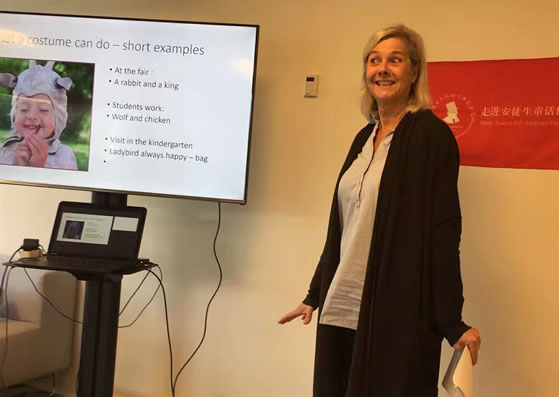
International research on pre-school age learning.
We will have a look at
1. Basic mathematics and nature understanding.
2. Basic language understanding including reading and writing.
3. Self-regulation - how children learn concentrate and behave generally.
1. Basic mathematics and nature understanding.
When children are experimenting with math and natural science there is no subject like in school, but spontaneous, self-activity based on desire. Research has been done in mathematics and natural science activities in free playing for 4 - 5 years old in kindergarten in playing with things, symbols and imagination plays. The children inves?tigated and experimented with patterns/forms, sizes,volume, space dimensions- Ob?servations documented that 46% of the playing time was used to explore basic math?ematic concepts.. Other research findings say the same that free playing is making later understanding of mathematic understandings and skills. Math relevant behavior is improved when adults integrate bricks and puzzles being relevant for the math understanding. A long term study shows the complexity in plays by small children with bricks had significantly gives better math results in high-school. Small bricks seem to make experiences and learning. Also guided playing contributes to early understand?ing of the physical world around them, but also comments, curious questions from kindergarten teachers will improve basic mathematic understanding.
Another research showed the difference between instructed pedagogics and guided playing in learning geometric concepts. The conclusion was that a guided learnings practice combining the engagement of the child and interested comments and engagement from the kindergarten teacher is far better in learning than the adult telling, showing and drawing pedagogics..
Other studies with use of early academics show badly prepared children at start of school and later in their school time and the also later in life showing - they show less self-confidence negative attitude towards school performance anxiety. Lack of be?lieving in success, more aggressive attitude and behavior and behavioral problems, beside they are less independent and persistent by doings tasks.
2. Language understanding.
Free playing: Research demonstrates potentials in drama plays where a group of children are gathered and talking about it. To make a common drama activity the children are in some time exchanging thoughts and ideas which they are adapting to the theme of the play , such narrative discussion exercises make an important learning. Studies have found roots to “dialogical conversations” in social imagination plays.
Dialogical play - where playing is combined with verbal communication among the children - play a key role for early learning of language and concept understanding.
The number of words and the readiness to read and write were better by doing free plays.
Roskos and Christie went through 2o studies of language understanding and playing and they conclude: Symbolic playing is developing the understanding of language and often made language exchange exercises in the playing is improving writing competences. The more playing time in family and kindergarten the better language development. Beside more adult time used consciously to loud reading, story-telling and dramatizing also develop early language competences.
Guided play:
When kindergarten teachers make a set-up of “ we tell stories to each other” and “ we dramatize the story” it is developing language understanding.. Peligrine made a research about when do pre- school children best remember a story: At the begin?ning a story was read loudly for the children. They were then divided into 3 groups: 1. Theme playing group: Playing and dramatizing the story. 2. Discussion group - talk?ing about the story and 3. Drawing group - drawing pictures of the story. The results showed that the playing group recognized the story much better compared to the other 2 groups. They so speak had the story in their body and they were developing theme plays of imagination - not only for memory - but also resulting in making of complex sentences. This was for both types of playing.
3. Self-control and unrest.
Hart investigated 2 groups: 1. Children who received academics and instruction learning from kindergarten to third grade and 2. Children who in the same period received “children centered playing”. The instruction children had far more stress and they were more hyper, unrest behavior and a behavior who was easy concentrated. They had significantly more anger, aggression and lack of self-control - they could not control their anger and aggression.
Another study investigated the long -term results of 2 groups of young adults: 1. People who in childhood were in playing environments. 2. Young adult who were in academ?ics environment focusing on direct adult instruction. When they were 23 years old the last group had 7 times more emotional problems - including lack of self-control and they had been arrested 4 times more for criminality. Conclusions: Research shows that negative social and emotional development consequences of early academics. Beside negative consequences as lack of self-control.
Another finding was that the staff level of kindergarten teachers produces different results according to development of temper.
So a combination of more academic pedagogics and smaller number of kindergar?ten teachers in kindergartens make a an explosive cocktail which will have negative consequences for learning and personal development for the next generation
Conclusions.
In the beginning we asked: How do we prepare our children to live in a changing, global world? What type of learning in pre-school age is long term sustainable - that is prepare children both for the school and for life? Is it early learning of figures and concepts the answer? Or is it about a pedagogics starting with “the whole child” and with play and learning? The research concludes:
1.Early start - later loss: Didactics, goal-oriented academics with instruction peda?gogics does NOT lead to later gain. It is ironically leading to the contrary because future competences in mathematics, nature sciense and language understand?ing as reduced. Beside comes anxiety to performe, more bad self and impulse control, hyper activity, aggression and disturbing behavior. Early academic peda?gogics is then loss of time because it leads to early start - later loss.
2.Early start - later gain: Gains both in short and long term come from pedagogics starting in the “whole child and playing learning. The activities of the children are in focus with good conditions for both free and guided playing. The gains are not only seen by self-control and social behavior but also according to hardcore subjects like mathematics, nature and language understanding.
3.So loss of time is taking place when academic pedagogics is used on basic subjects like mentioned above. It is NOT about the subject but about the method by which it is taught.
4.So adult instruction and early academics are not the way forward, but the kinder?garten tewacher must be INVOLVED. Some think that totally free playing always is the best for learning, but research says that moderate child centered adult involvement based on the whole child and playing and learning prepare the child for long-term learning. So the kindergarten teacher must involve herself, but the way it is done is essential for learning.
According to the Andersen approach mentioned in key words at the beginning of this paper it is evident that there is a solid international scientific documentation that this is the best and most efficient way for pre-school age children to learn. The academic approach might on the contrary destroy human learning potentials of the child and create problems of personal development and dysfunctional behavior.
The “Heroes of the future” are children who learn to play, be authentic, cooperate and emotionally develop skills for living in the future world. Andersen-approach seem to include “the whole child, “play and learn” for the future.

